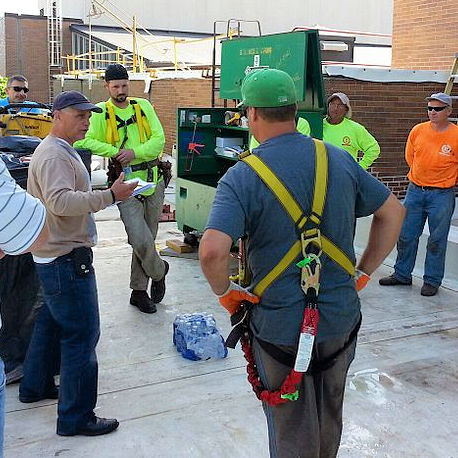Safety Training
Safety training differs from safety instruction because it focuses on improving "how-to" skills through practice. It takes what the student has learned during instruction and provides an opportunity, through practice, for the student to apply that knowledge.
An important consideration when developing safety instruction and training is determining if OSHA requires a "demonstration" of adequate employee knowledge and skills as part of the training.
Technical "hands-on-how-to" safety training that teaches employees how to do hazardous tasks and procedures is the most common type of safety education. The training may be quite specific and usually requires some form of student hands-on participation or practice.
Remember, even though a particular OSHA Standard does not specifically state or require that employees "demonstrate" proficiency, best practices in safety education may require that you include formal testing, hands-on practice and a performance demonstration in a training session. Ensure you include hands-on practice and demonstration whenever employees may be injured on a job or if they have a deficiency in KSAs.
Knowledge Check Choose the best answer for the question.
1-4. What is the most common type of technical OSHA safety training?
You forgot to answer the question!

